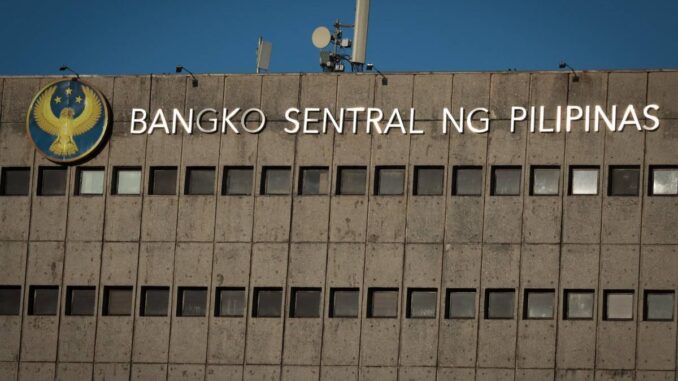
TOTAL resources of the country’s financial system grew by 10.5 percent to P32.10 trillion as of end-July from P29.04 trillion a year earlier, data from the Bangko Sentral ng Pilipinas (BSP) showed.
Month on month, total resources were slightly lower compared to June’s P32.33 trillion.
Total financial resources are classified according to types of banks — universal/commercial, thrift, rural and nonbank financial intermediaries — and include assets before provisions for anticipated losses, bond discounts or premiums and market gains or losses.
Bank resources rose by 12.3 percent in July to P26.78 trillion from P23.85 trillion a year ago but were also lower than June’s P27.01 trillion.
Universal and commercial banks, which accounted for the bulk of total banking resources, saw a 12.4-percent rise to P25.1 trillion from P22.34 trillion. This was at P25.32 trillion a month earlier.
Thrift banks and rural and cooperative banks, meanwhile, posted gains of 10.1 percent and 10.4 percent, respectively, to P1.11 trillion and P458 billion from P1.01 trillion and P415 billion a year ago.
Digital bank resources surged to P106 million, up 29.3 percent from P82 million last year.
Non-banks, meanwhile, posted a 2.4-percent gain to P5.32 trillion from P5.20 trillion a year earlier.
These include BSP-supervised investment houses, financing companies, investment companies, securities dealers/brokers, pawnshops, lending investors, non-stock savings and loan associations, credit card companies, government non-bank financial institutions, and authorized agent banks’ forex corporations, with assets reported gross of allowance for probable losses and net of depreciation.
Non-bank institutions also include the Social Security System, Government Service Insurance System, and private insurance companies, with assets reported net of allowance for probable losses and depreciation.


Be the first to comment